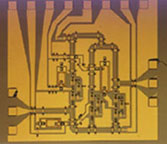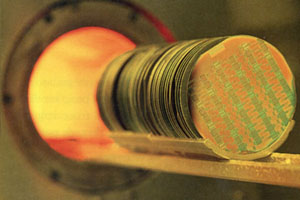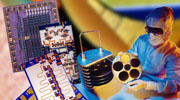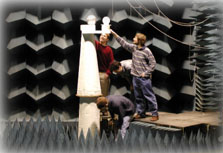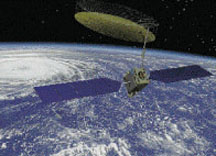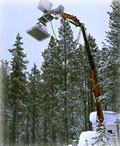Combining modeling, dynamics and feedback to make a system
(electrical, mechanical, economic) to behave in a desired way,
often in the presence of noise or uncertainty in the system model.
Desired behavior: fast response time; tracking an input signal;
rejecting disturbances in an input signal (active suspension or
noise control); and robustness to modeling error in the system.






